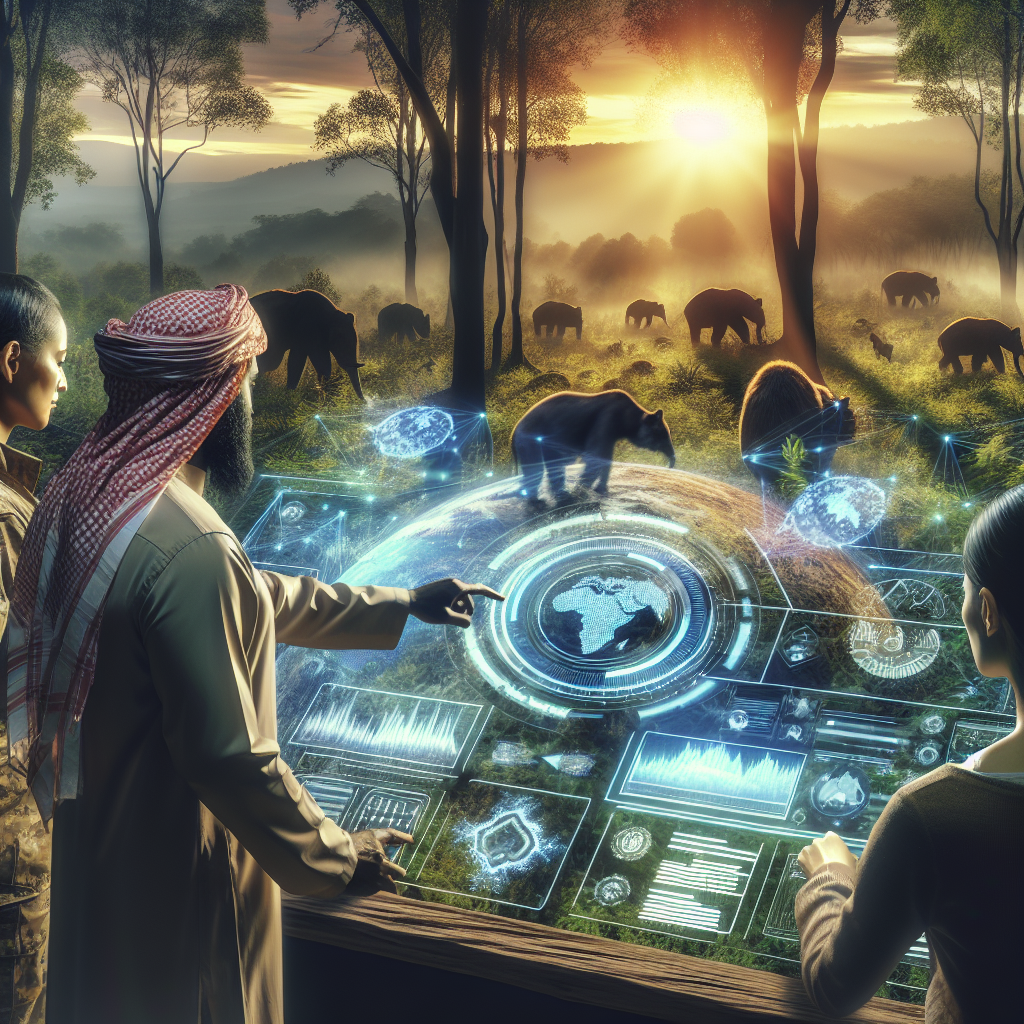“`html
Understanding AI’s Role in Wildlife Conservation
Hello there! Have you ever wondered how technology, especially Artificial Intelligence (AI), is making strides in saving our planet’s wildlife? Let’s dive into the fascinating world of AI in wildlife conservation!
What is AI and How is it Used in Conservation?
Artificial Intelligence, or AI, refers to the simulation of human intelligence processes by machines, particularly computer systems. It includes tasks such as learning, reasoning, and self-correction. In wildlife conservation, AI is utilized to monitor animal populations, protect habitats, and even predict wildlife behavior.
How Does AI Actually Help in Saving Wildlife?
Great question! AI helps in several awe-inspiring ways:
- Monitoring and Data Collection: AI algorithms process vast amounts of data from camera traps, satellite imagery, or drones. This helps researchers keep track of animal populations without disturbing them.
- Pattern Recognition: By recognizing patterns in animal behaviors and movements, AI can alert us to the presence of poaching activities, helping authorities respond more swiftly.
- Predictive Analysis: AI models can predict future trends in wildlife populations and habitats under various environmental conditions, aiding in proactive conservation planning.
Can Anyone Use AI for Wildlife Conservation?
Absolutely! While large conservation organizations typically spearhead these initiatives, there are many ways individuals can contribute. Interest in AI and access to open-source tools allow citizen scientists to participate in projects, analyze data, and even develop new AI models.
Are There Challenges Associated with Using AI in Conservation?
Of course, no technology comes without its challenges:
- Data Quality: The effectiveness of AI depends heavily on the quality and quantity of data. Poor data can lead to inaccurate predictions.
- Resource Intensive: Implementing AI solutions can be costly and require significant technical expertise.
- Ethical Considerations: AI applications, such as drones, must be carefully managed to minimize stress on wildlife and respect privacy concerns.
Despite these challenges, the conservation benefits from AI outweigh its drawbacks when used thoughtfully and responsibly.
What’s Next for AI in Wildlife Conservation?
The future is bright and full of possibilities! Continued advances in AI technology, paired with community engagement and policy support, promise to enhance our ability to conserve wildlife at an unprecedented scale. Exciting initiatives like AI-driven biodiversity mapping and real-time habitat monitoring are just around the corner.
Conclusion
In summary, AI is revolutionizing the field of wildlife conservation, offering powerful new tools to monitor and protect our planet’s precious biodiversity. Whether you’re a seasoned conservationist or a tech enthusiast looking to make a difference, the opportunities to get involved are endless. Who knew saving the planet could be so tech-savvy?
Thank you for exploring this topic with us! We hope you feel inspired to learn more about AI and how it’s shaping the future of wildlife conservation.
“`
